Pinterest Marketing 101 for Clothing Brand Owners Part 1: Your Profile & SEO
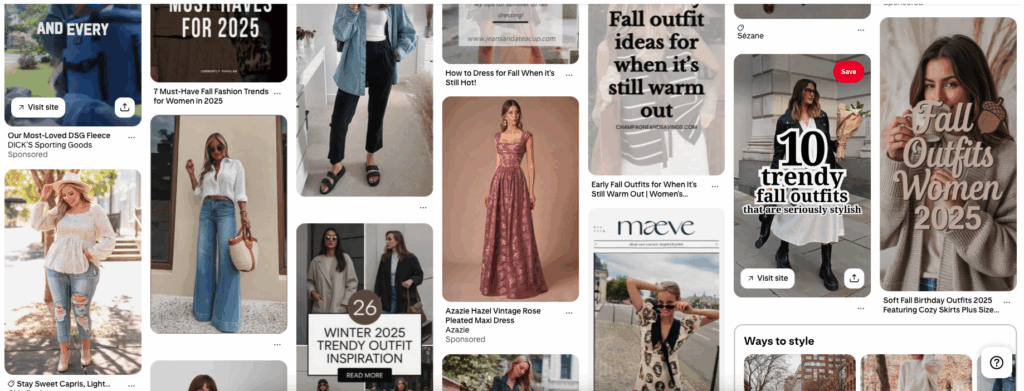
If you’ve been following along here for a while, then you know we’ve talked about a lot of different ways to market your clothing brand – from Instagram and email marketing to building brand awareness across other social platforms. Each channel plays its part in helping you grow, connect, and sell.
Now, it’s time to add another powerful platform to your marketing mix: Pinterest.
Pinterest isn’t just for inspiration boards or outfit ideas anymore. It’s a visual search engine that can drive consistent traffic, leads, and sales long after you hit “publish.” In this post, we’re diving into the foundation of your Pinterest strategy: how to set up your profile and SEO so your brand actually gets found.
This is Part 1 of my Pinterest Marketing 101 for Clothing Brand Owners series, where we’ll cover everything from keyword research, to profile optimization, to board setup – all designed to help you start strong and build momentum.
Now let’s jump in!
Key Takeaways Ahead:
- Why Your Profile & SEO Matter (So Much)
- Step 1: Free + Effective Keyword Research on Pinterest
- Step 2: Organize Keywords So You Actually Use Them
- Step 3: Optimize Your Pinterest Profile to Be Found
- Step 4: Use Boards Like Business Categories
- Recap & Next Steps
Why Your Profile & SEO Matter for Pinterest Marketing
You can design all the pins you want, but if your profile doesn’t tell Pinterest who you are and what you do, the algorithm won’t know when and to whom to show your content. Think of your profile as your signpost. When someone types “fall dresses for girls,” you want Pinterest to see you as relevant.
Also: your profile, your board names, and your Pin titles & descriptions are all searchable real estate. Use them wisely.
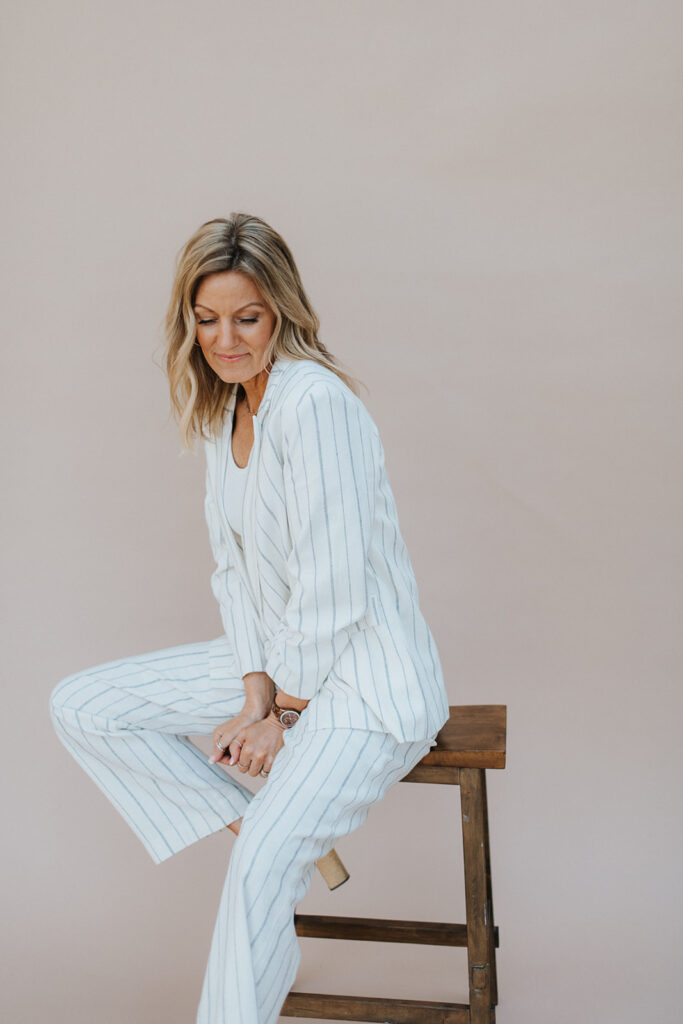
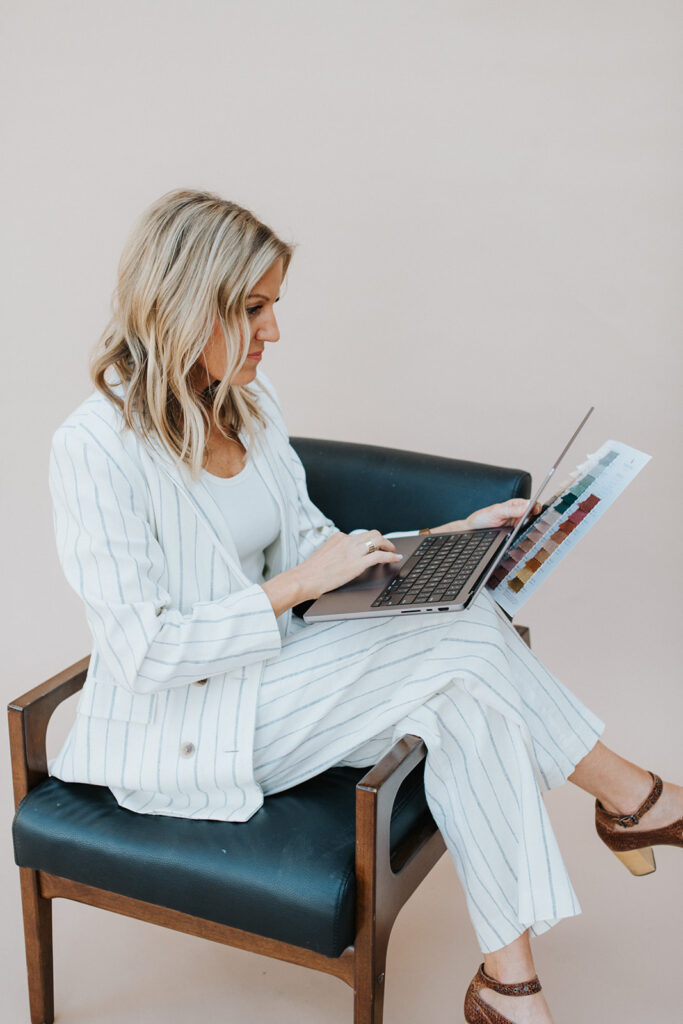
Step 1: Free + Effective Keyword Research On Pinterest
You don’t need expensive tools to find what people are searching for. You can do that within Pinterest itself.
Start with the Search Bar
Type in something like “holiday sweaters” or “ summer dress.” The autocomplete suggestions are gold — they’re phrases real users are searching for. Save those.
Examples:
- “holiday sweaters classy”
- “holiday sweaters for women”
- “holiday sweaters outfit”
Watch the Topic Bubbles / Colored Suggestions
After your search, Pinterest often shows topic bubbles under the search bar. These are modifiers that help you expand into long-tail keywords.
Play around with searches related to your own clothing brand and keep track of long-tail keywords that you might want to use in the future. For example, searching “maxi dress” reveals several modifiers like, “outfit”, “floral”, “casual”, and so on.

Peek at Others’ Boards & Pins
Browse profiles of successful fashion or clothing-brand creators. What keywords appear in their board names, Pin titles, or descriptions? Don’t copy, but use it as inspiration and validation of what works.
Step 2: Organize Keywords So You Actually Use Them
You’ll quickly build a list of 50–100 relevant phrases. The trick is making that list actionable rather than letting it gather dust.
Create a spreadsheet or use Notion (or whatever you prefer) with columns like:
| Keyword Phrase | Board / Topic | Intent (How-To, Inspiration, Sales) | Content Ideas / Notes |
For example:
Keyword: “floral crop top”
Board / Topic: Tops, Summer Tops, Spring Tops, Floral Pattern
Intent: Sales & Outfit Inspiration
Content Ideas: Blog post round-up of vacation outfits, spring floral collection
Group phrases under your board topics so you can easily grab matching keywords when writing Pin titles, descriptions, or blog posts. Over time, this becomes your Pinterest SEO reference library.
Step 3: Optimize Your Pinterest Profile to Be Found
Now that you have a good idea of relevant search terms for your brand, use them!
Use a Searchable Display Name
Your display name is prime Pinterest real estate. Instead of just your brand or your name, include a descriptor.
Example: BRAND NAME | Athleisure Clothing for Women + Workout Sets
That way, anyone searching “athleisure” has a much higher chance of spotting you.
Craft a Bio That Speaks to Your Customer Using Keywords
You’ve got 500 characters – use them to speak directly to your ideal buyer and drop in relevant phrases. Don’t feel obligated to cram in every keyword. Prioritize clarity + relevance, then layer in 2–3 strong phrases. Feel free to repurpose messaging from your website or another social platform, and adjust keywords for Pinterest as needed.
Claim Your Website
Inside your Pinterest settings, claim your domain. Not only does this show the Pinterest platform that you’re a legit business owner (helping your overall rankings), but it also claims all pins that link to your website as your own. Do not skip this step!
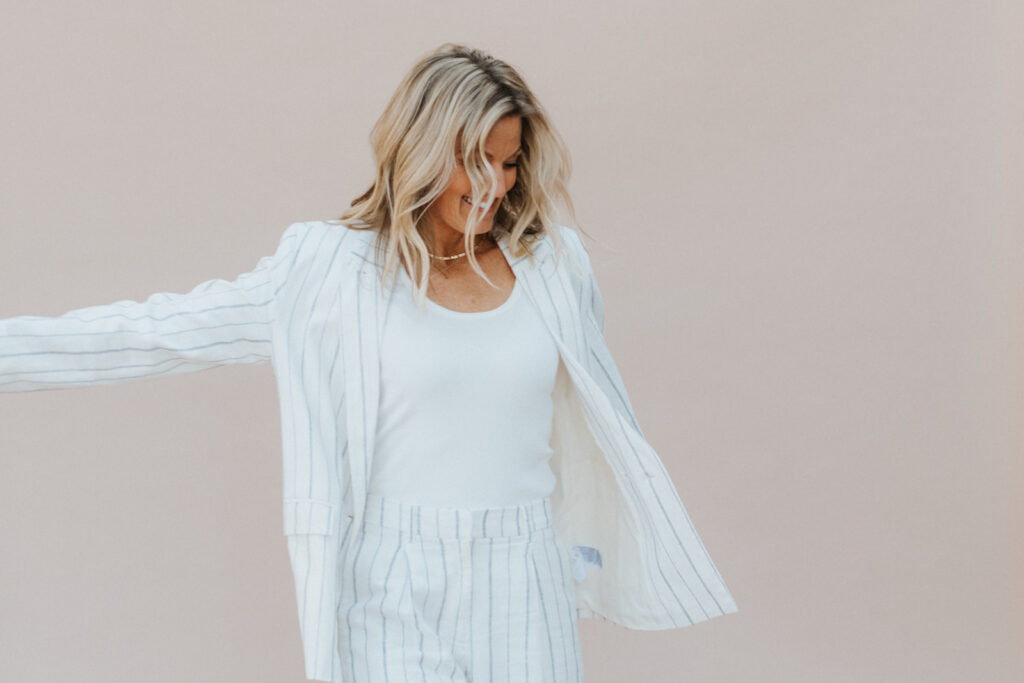
Step 4: Use Boards Like Business Categories
Now that the bones of your profile are set up, let’s discuss boards. As a Pinterest user, you might be familiar with “repinning”, or saving, pins that you like to boards on your account. You might have personal boards like “recipes”, “Christmas decor”, and “fashion”. But as a business owner, you need to be more strategic.
Think of your Pinterest boards like categories or “buckets” that will hold all of your content (pins). Now that you’ve done keyword research, use those ideas to help you set up these categories.
Try to think ahead – what topics might you add to your business in the near future (are you launching a new collection soon?).
Map Out Your Core Topics
Think in terms of your content pillars. For example, your boards might represent:
- Women’s Sweaters
- Women’s Dresses
- Floral Tops
- Mini Skirts
- Maxi Skirts
Don’t forget seasonal topics or “round up” content as well:
- Summer Dresses
- Holiday Outfit Ideas
- Best Vacation Outfits
Name and Describe with Purpose
When creating a board:
- Name it clearly and include keywords. (e.g. “Women’s Skirts for Summer” instead of “Beautiful Skirts”)
- Write a 2–3 sentence board description using natural language and including keywords that match your niche.
- Add 5–10 Pins right away that align with that topic so Pinterest can “see” what the board is about. These pins can be from other users if you’re not ready to start posting.
Use Board Covers
An optional step to get your profile ready for traction is to create board covers. These act like the cover photo for each of your boards. When someone visits your profile, this consistency communicates “this is a serious, curated brand.”
Keep Boards “Alive”
Even if you can’t post daily, save a few relevant Pins each week to each active board. That ongoing activity tells Pinterest “this board is active and meaningful.”
Pinterest Marketing Recap + Next Steps
- Your profile itself (name, bio, domain claim) is part of your SEO strategy.
- Boards should reflect your content pillars – name them with intention.
- Use Pinterest’s search tools (autocomplete + bubbles) for free keyword research.
- Organize those keywords in a system you’ll actually use.
- Create 10–15 strategic boards (with SEO-rich titles & descriptions) and brand them visually.
With this foundation in place, your Pins will have a better chance of being discovered and shared, and your traffic will grow in a sustainable way.
In Part 2, we’ll dive into what to post on Pinterest as a clothing brand owner, how to write SEO-rich titles & descriptions that convert, and how to develop an effective, yet realistic, posting schedule for optimal growth. Stay tuned!
Need a Pinterest Marketing & Ads Strategist to Grow Your Account?
I’ve worked with a Pinterest marketing strategist to build and grow my account, Corinne Cecile. If you’re looking for someone to get you started on Pinterest or manage your entire account, check out Annie Russell Media!
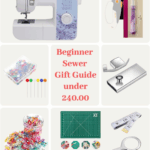
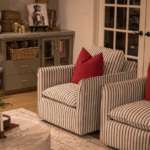

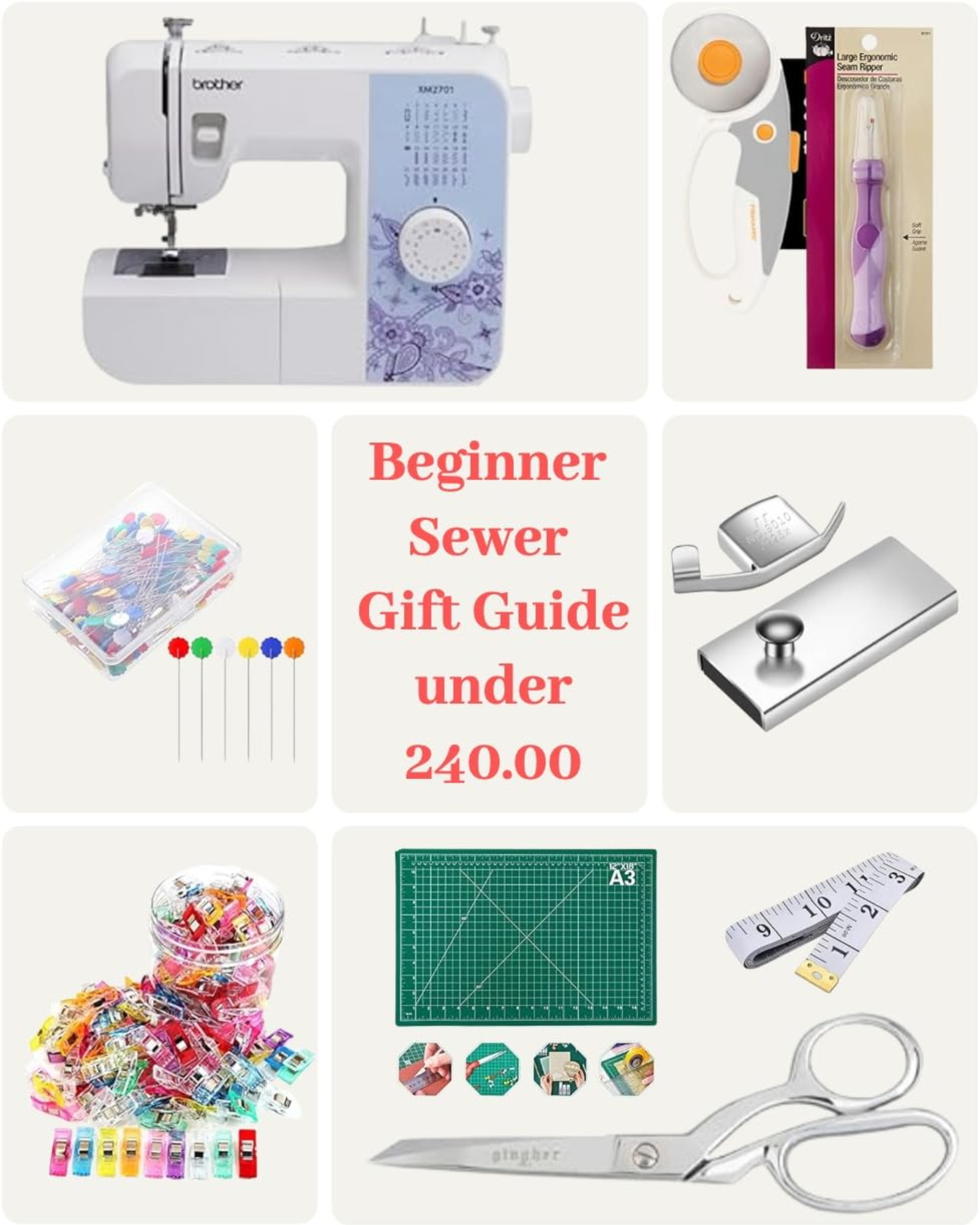



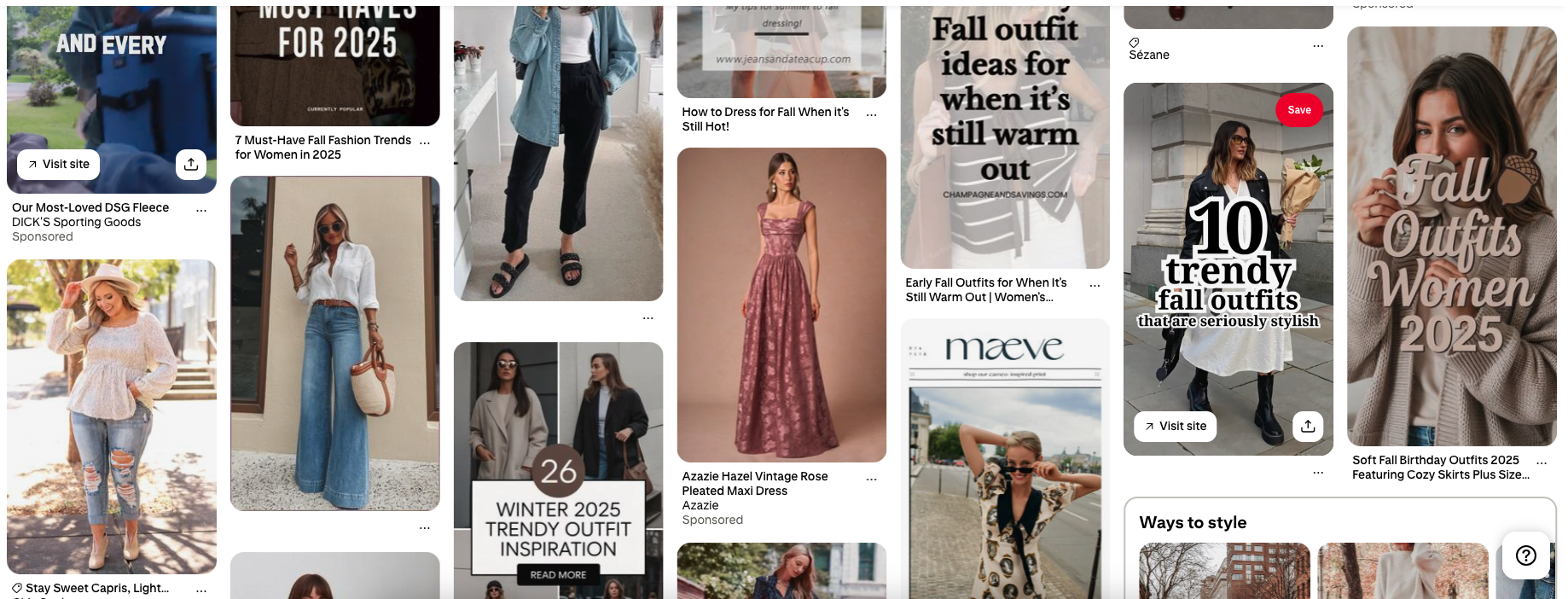
Read the Comments +